Sunday, Dec. 1
First Sunday of Advent
Year A
Isaiah 2:1-5
Romans 13:11-14
Matthew 24:36-44
Psalm 122
Advent is a wonderful season, but also the most difficult season we live in. Advent has so many layers, and living it out is always—not just sometimes, but always—superseded by parties and gift-giving and all the things that are part of gearing up for Christmas Eve, Christmas and the 12 days afterwards.
In our busy world, we must think with some care about how we will personally live out Advent. It’s more than just, “I’m going to do this or that.”
You see, the frenzy, the disappointment, the emotional turbulence that goes on in this season, both good and bad, require intensive personal listening. After All Saints’ Day, the Scriptures turn, and it’s really then that we begin to pick up, in both our Old and New Testament readings, the passages about both judgment and redemption.
We don’t tend to think or hear much about it, but there’s a particular rhythm in the liturgical calendar that actually sets the stage for the Annunciation in a way you don’t get if you separate it from the passages I just described. I have three P’s and a V for you to consider today. And each one stands for a critical element of this season.
The Promise of Advent
Our first P is promise, the whole understanding of Advent literally as a lens through which you think about life. It is not merely a liturgical season but a lens through which we can think about life.
In other words, God is working something out here, in the midst of horrific judgment. The theme of judgment that runs through the Scriptures is really a substantive part of our tradition, even though we don’t often hear it emphasized.
You see, if we don’t understand God’s judgment, we won’t have the ability to say, as we go through life’s inevitable hardships “God is working out a purpose.” We won’t understand that even in the midst of horror, even when we can’t see that purpose, it’s there. Yes, we have the familiar promise that God is always with us no matter what we go through, but it’s more than that. Because through all of this, redemption is happening, vindication is coming, judgment is being released, and God is imparting something that is a part of his plan for the world.
The Pain of Advent
And along with this, the second P, the pain of Advent, is also something we tend to avoid. But to read the judgment passages of Scripture and not think about current events, not to feel it viscerally about what it actually means, again, is to read the Scriptures in a profoundly superficial way.
It is incredibly important to really wrestle deeply and profoundly with the inevitable after-effects of pain that judgment brings, as well as the unanswered questions of the triumph of evil over good that we see from day to day to day.
So whether you’re talking about children being teargassed on the Mexican border, or a hit and run of somebody that you love and care about that feels like just a random act of violence, even this kind of pain is not foreign to the biblical narrative. It’s actually part and parcel of it. In fact, the promise of Advent is what allows you to get into the pain.
The Vindication of Advent
And we’ve got to get into the pain, quite honestly, to really understand the power of our V, which is vindication. The pastoral epistles and John’s epistles, as you may know, are written to people who were going through awful times. Remember, Paul wrote Philippians from a jail cell as he was facing his own execution.
But vindication means God is actually setting the world right. “At the name of Jesus, every knee should bend, in heaven and on earth and under the earth, and every tongue should confess that Jesus Christ is Lord, to the glory of God the Father” (Phil. 2:10-11). That’s what we’re all moving toward.
But the glory of this, the longing for his appearing, that’s laid out so clearly in the New Testament only arises because we know God is working something out. Life is literally one collection of broken longings after another, and through that there is the occasional breakthrough of genuine answered prayer. And that mixture creates the longing for Christ’s appearing that is deeply embedded within the New Testament.
The Proclamation of Advent
Of course, this is the final P. Now, we tend to think of proclamation as the duty of our clergy. But those living out a genuine relationship with Christ know that proclamation of His truth is the responsibility of everyone who follows him. And the more you live out the promise, the pain and the vindication, the more authentic your proclamation will be. You actually have something to say to those around you who have deep hurts, whose lives aren’t perfect, who look a lot like you and like me.
There is actually no season as rich with opportunities for proclamation as Advent is. And that’s why it really becomes a lens through which you look at life, not just purple candles, a rose candle and a white candle and then the singing of “O Come, O Come, Emmanuel.”
It’s a word in due season that, more often than not, and the care that gets expressed around that word, that brings people into relationship with Jesus, into our churches—and back among us again and again.
(This post is an adaption of Bishop Brewer’s reflections at the Northwest Deanery Clericus on November 29, 2018 at St. Edward’s Episcopal Church, Mt. Dora, Florida.)

